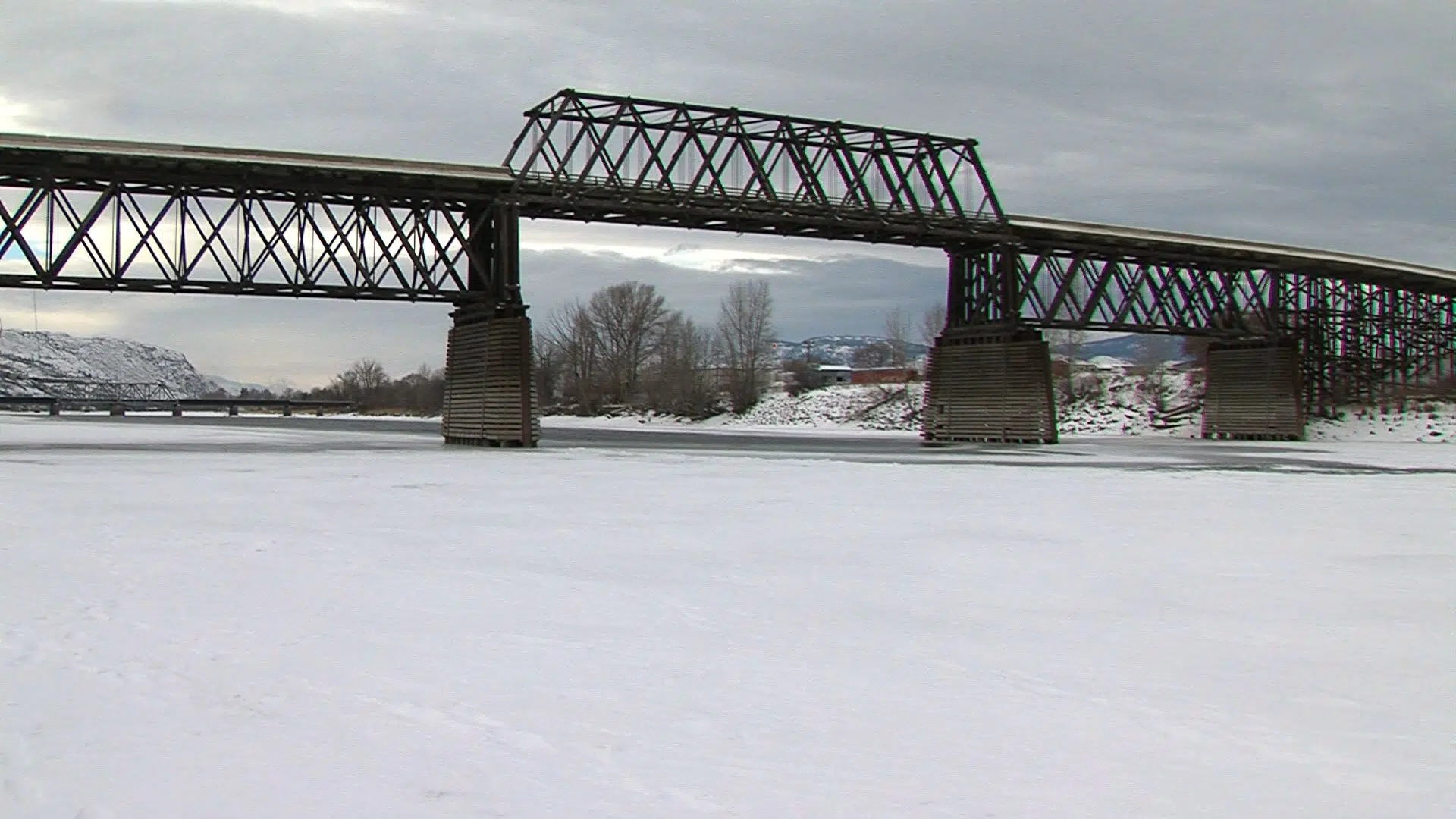
Ice and avalanche risks rise with increasing temperature
KAMLOOPS — Kamloops will see a reprieve from the cold weather this week, with temperatures reaching well above zero. While that sounds like good news for the outdoor enthusiast, it could spell trouble for those who fail to plan for changing conditions.
Environment Canada is forecasting the temperature to rise as high as +9°C on Wednesday. With temperatures like that on the way, Kamloops Search and Rescue has a word of caution for those venturing out on the ice.
“Once things warm up as warm as they’re predicting it’s going to warm up there’s definitely a risk to people going out ice fishing, and just going out on the ice in general,” volunteer search manager Alan Hobler said. “So, always make sure you check the thickness of the ice on flat ice, on lakes, and ensure it’s safe enough to go out on.”


